Flying with the U.S. Army's High Altitude Rescue Team
May 27th, 2023
6 minute read
When I first became involved with the U.S. Army’s High Altitude Rescue Team (HART) back in the 1990s, there was a steep learning curve. The mission was to retrieve injured climbers from Mount McKinley and support the National Park Service (NPS) in their mountain operations. At 20,310 feet, Mt. McKinley is the highest point in North America. They call it Denali now. This was quite an unnatural space for a helicopter.
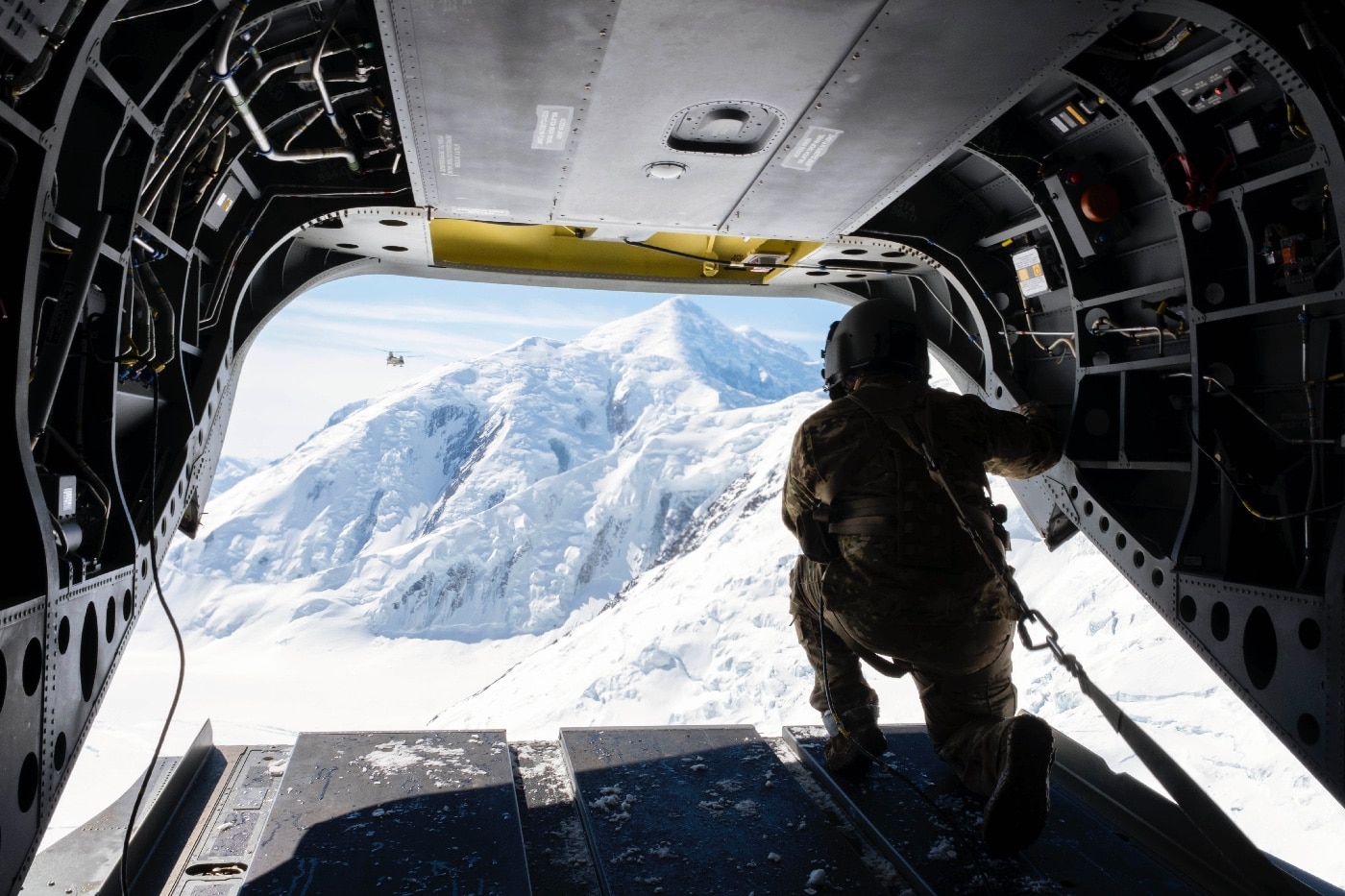
The National Park Service owned the mountain, and they had a contracted civilian helicopter that was based in Talkeetna, Alaska, during the climbing season. This single-engine French Aerospatiale Lama was stripped down to its bare essentials to give it maximum performance at extreme altitudes. When first I crawled aboard this aircraft, I noticed that the copilot’s seat and flight controls had been removed. Needless to say, I was impressed by the bravery required to be a pilot of this helicopter.
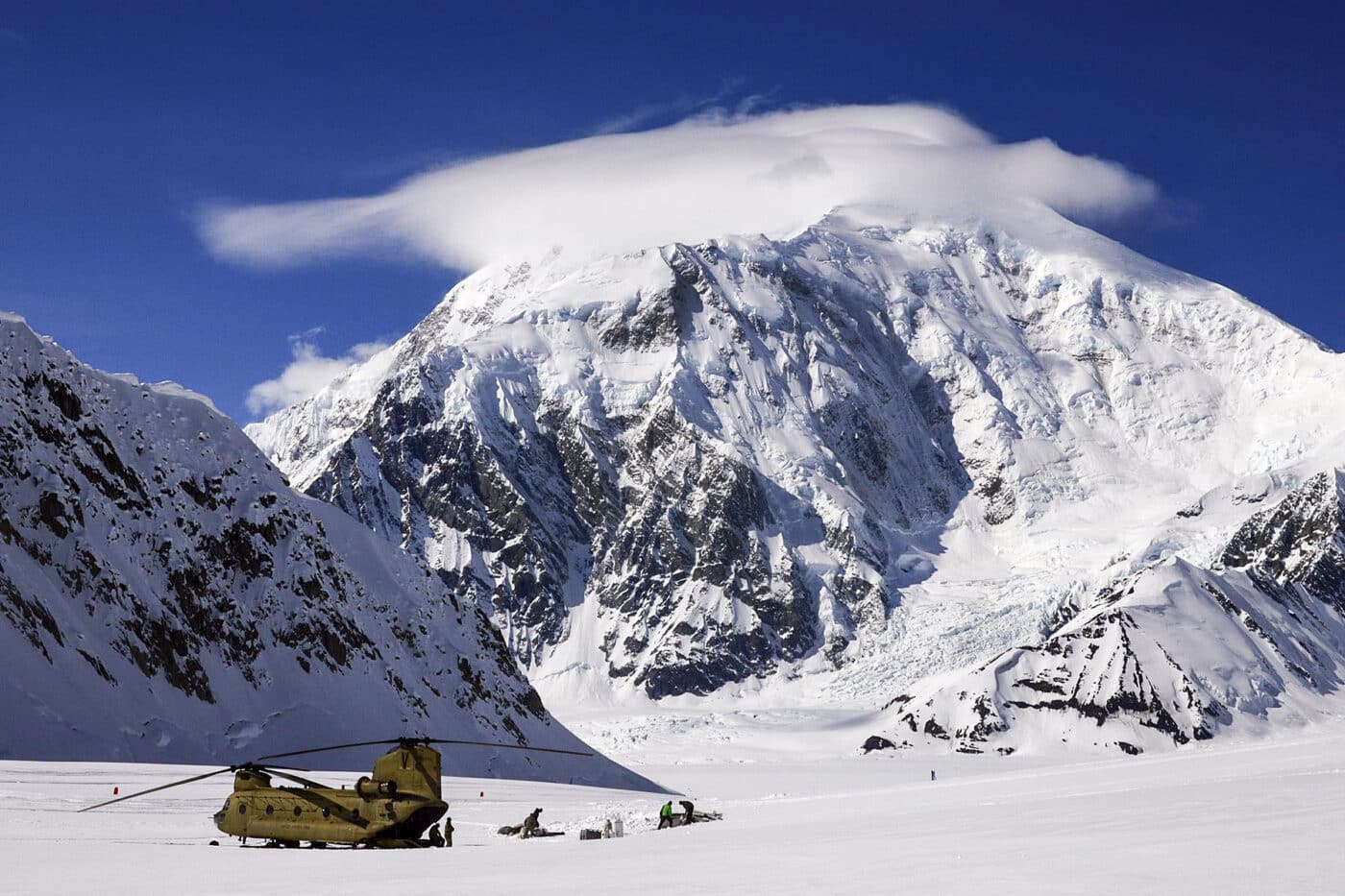
For routine trips up the mountain, if ever that was a real thing, the NPS used the Lama. For those times when the Lama was broken, or a bit more horsepower was required, they called us. I can honestly say that flying a helicopter over the top of Mount McKinley was the most extraordinary thing I did as a U.S. Army Aviator.
The Aircraft
For the HART mission, we utilized otherwise unremarkable Boeing CH-47D heavy-lift helicopters. We gutted our Chinooks of any unnecessary kit and fitted them with auxiliary internal fuel tanks and an onboard oxygen system for the crew due to the altitudes in which we would be flying. This labyrinthine thing included plumbing that ran oxygen lines to each crew station to support the flight crew while operating these unpressurized aircraft at extreme altitudes. Our crewmembers also had walkaround bottles that would keep them conscious while moving about the cargo compartment.
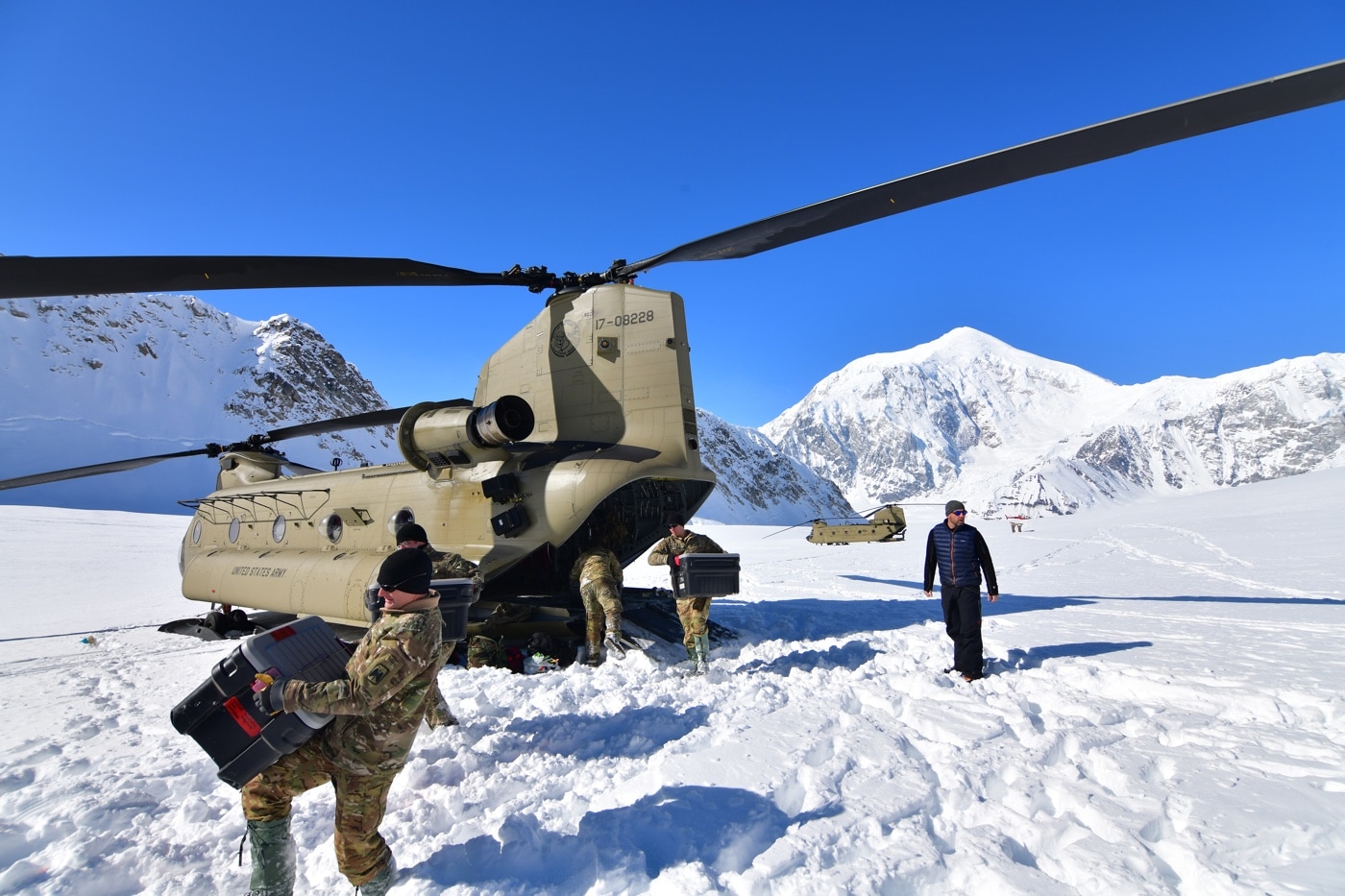
The max gross weight for a CH-47D is 50,000 pounds. Its twin Lycoming turboshaft engines put out an aggregate 9,000 shaft horsepower. It is an immensely powerful machine. However, at 21,000 feet the Chinook becomes a big fat pig. Great care had to be taken to plan maneuvers well in advance when the air was that thin. Those sorts of altitudes are terribly unforgiving. However, thusly configured the big Chinook would reliably get us there and back.
The Mission
Denali is actually the tallest mountain on earth, as measured from the base to the summit, even taller than Everest. While the peak of Everest is higher, you don’t have to climb as far to get there. Each year about 1,200 climbers attempt the ascent. Roughly half of them make it. Folks die on that rock all the time. There have been 96 fatalities on the mountain since the first successful ascent in 1913.
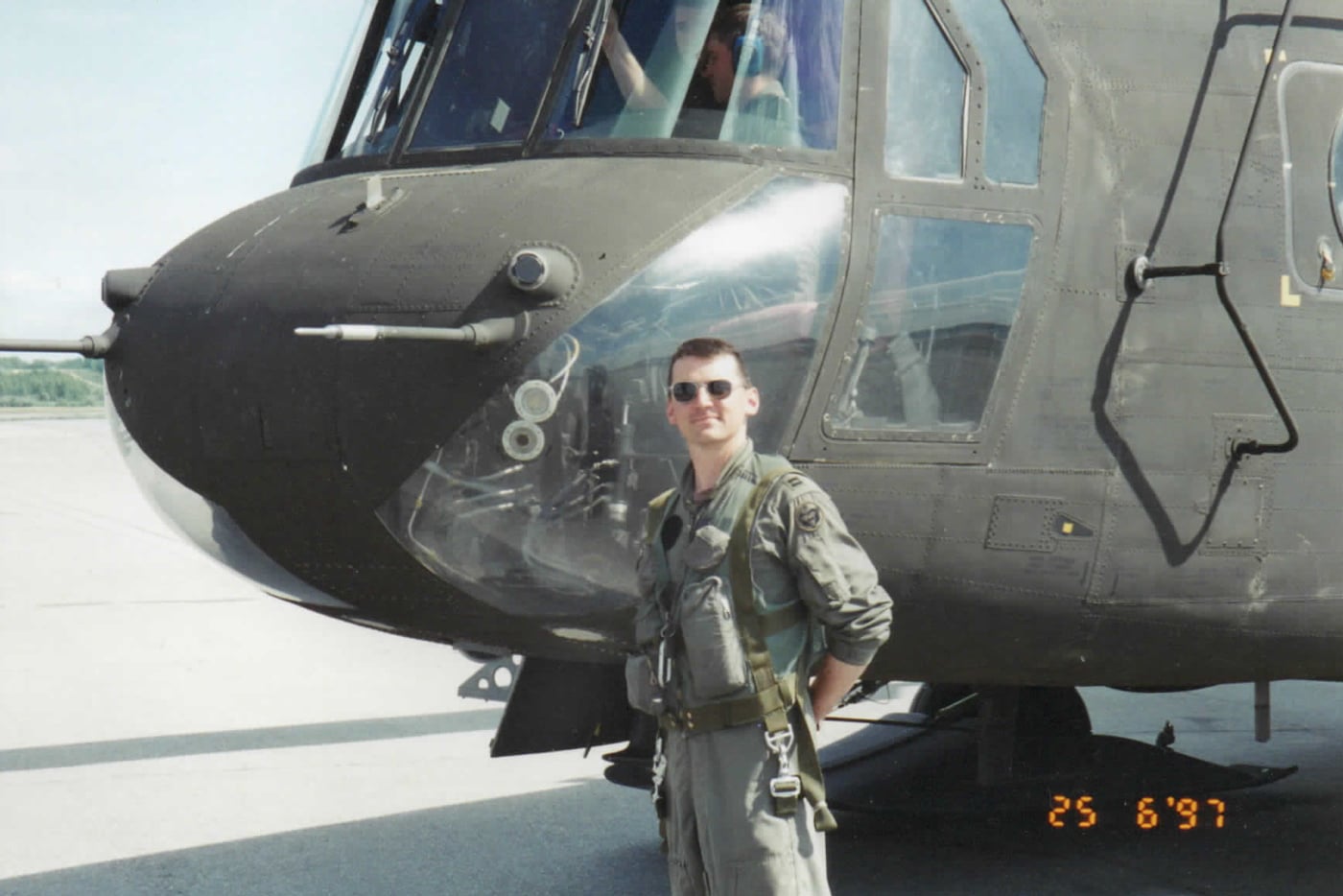
The NPS maintains a presence at both the high and low base camps on Denali throughout the approximate three-month climbing season. The low base camp is at 7,200 feet on the Kahiltna glacier. The high base camp is at 14,200 feet.
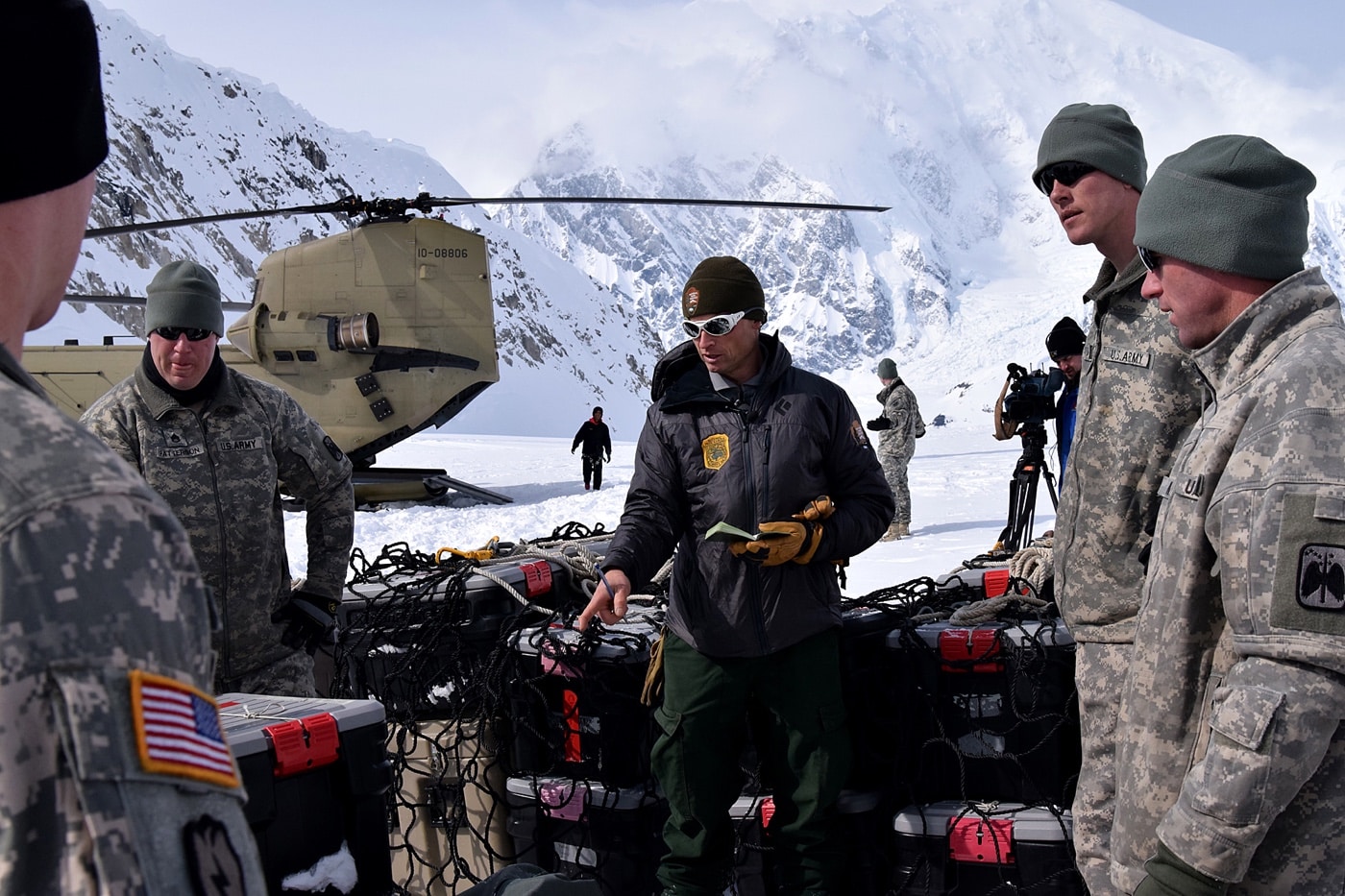
At the beginning of the climbing season, the HART team is responsible for emplacing the equipment to support these base camps. This consists of tents, food, fuel, radios and the sundry stuff required to keep people alive in such an austere environment. The HART team also retrieves everything at the end. These Army Chinooks also cover the gaps that the small civilian helicopter cannot.
Denali makes its own weather. As many a tourist has discovered to their disappointment, oftentimes the mountain is socked in while the rest of the surrounding area is clear and pretty. As the CH-47 is fully instrument capable, it can sometimes reach the mountain when the Lama cannot. The Chinook is also equipped with a rescue hoist that offers capabilities not available to the smaller machine. In 1988, the HART team set the world record for a helicopter hoist rescue at 18,200 feet. In 1995, the HART team performed a live rescue at 19,600 feet, setting a record for the CH-47 airframe.
War Story
On 3 June 1996, we were on a training mission to get our aircrews qualified for the climbing season. We always ascended the mountain in pairs. The weather had been sketchy and getting to high altitudes had been a challenge.
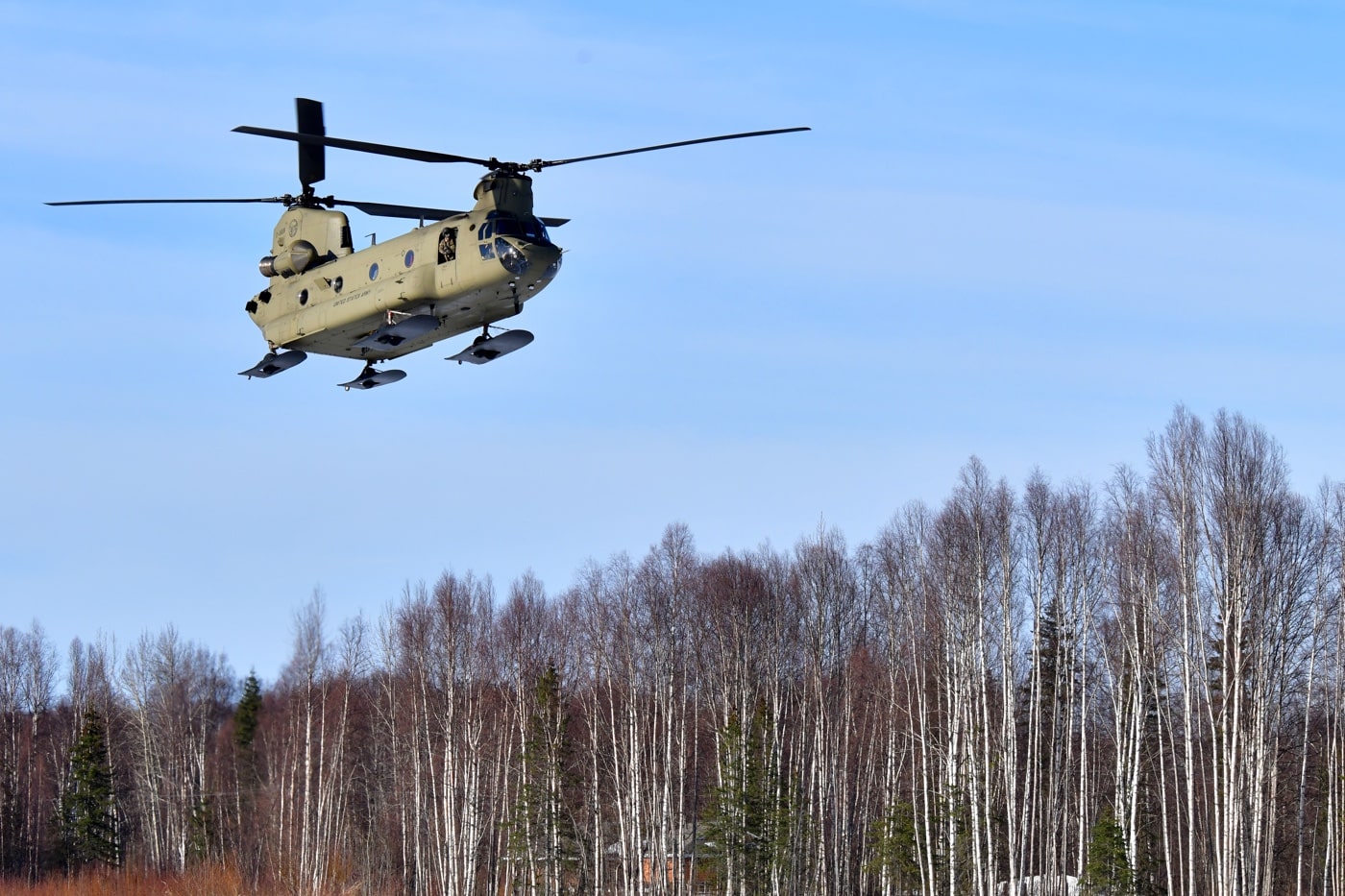
Two days before, a Spanish climber named Juanjo Garra lost a crampon and fell at the 18,000-foot level at Denali Pass, breaking his leg. At these sorts of altitudes, this is a catastrophic injury. NPS rescue personnel laboriously carried the man to the 14,000-foot base camp, but by then, he was in dire straits.
As we shot a careful approach into the high base camp, we knew nothing of Mr. Garra or his injury. Once we touched down, an Air Force pararescueman who was climbing the mountain as part of a training exercise flashed us with a signal mirror. He explained that Garra had to be removed from the mountain or he could die.
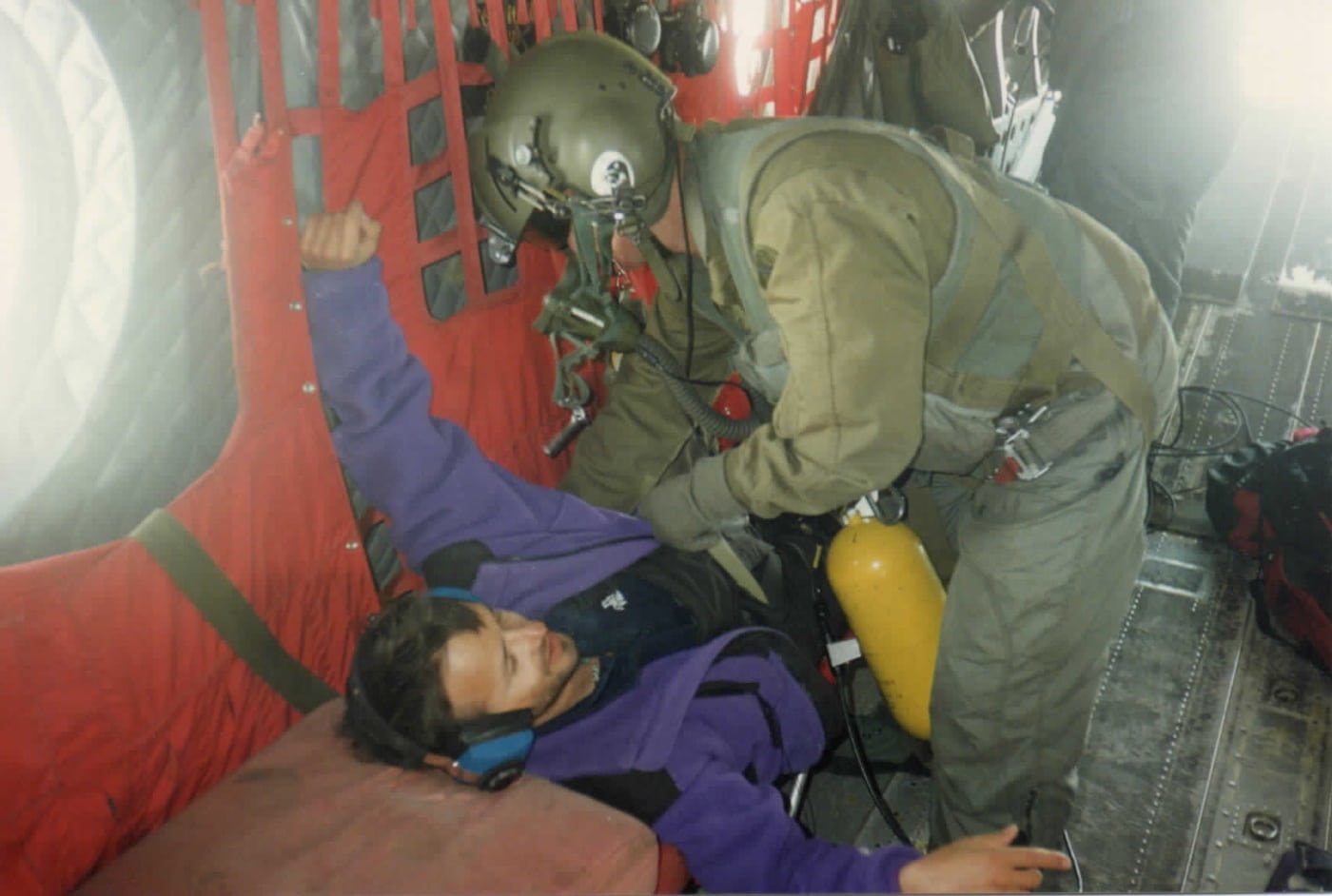
The formal approval process for rescue support was laborious. Each live mission had to be approved by the first General Officer in the chain of command. However, they claimed we Army officers were supposed to show initiative. Mr. Garra was soon strapped in alongside his climbing partner, a Spanish cardiologist. Incidentally, I think that was the closest I have ever come to being kissed by a man. That guy was pretty stoked to be getting off that mountain.
We flew the two Spaniards to the low base camp where they were loaded onboard a ski-equipped airplane for the trip to the Anchorage hospital. I flew home that afternoon assuming I had done a good thing. My boss felt otherwise.
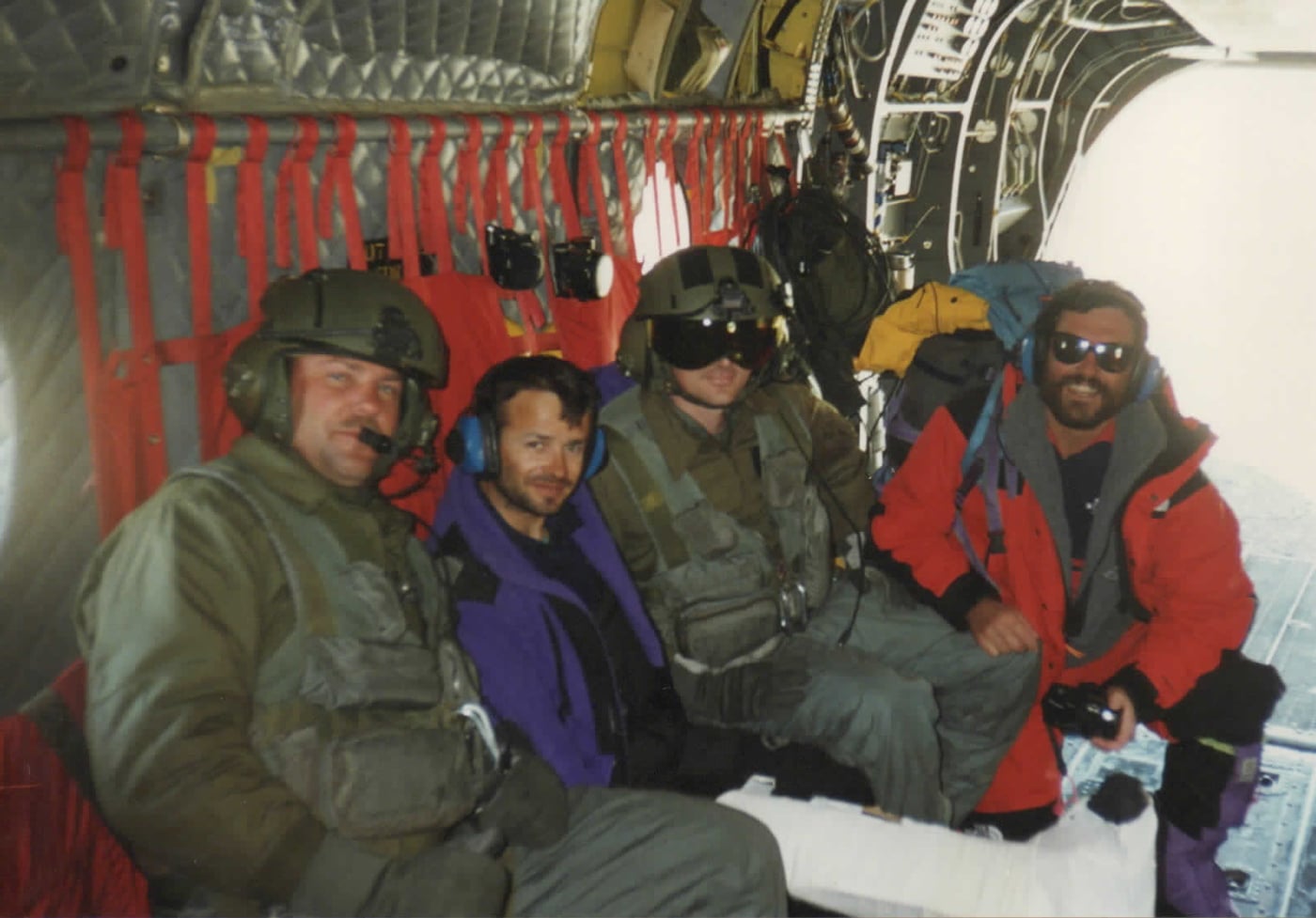
Once we got the aircraft shut down I was dragged into my commander’s office for a proper butt chewing. My on-the-spot decision had completely circumvented the chain of command. I had allowed two foreign nationals onboard a U.S. Army aircraft without proper authorization. The liability had been astronomical. What if the aircraft had crashed? What if there had been an in-flight emergency? What if, what if, what if…
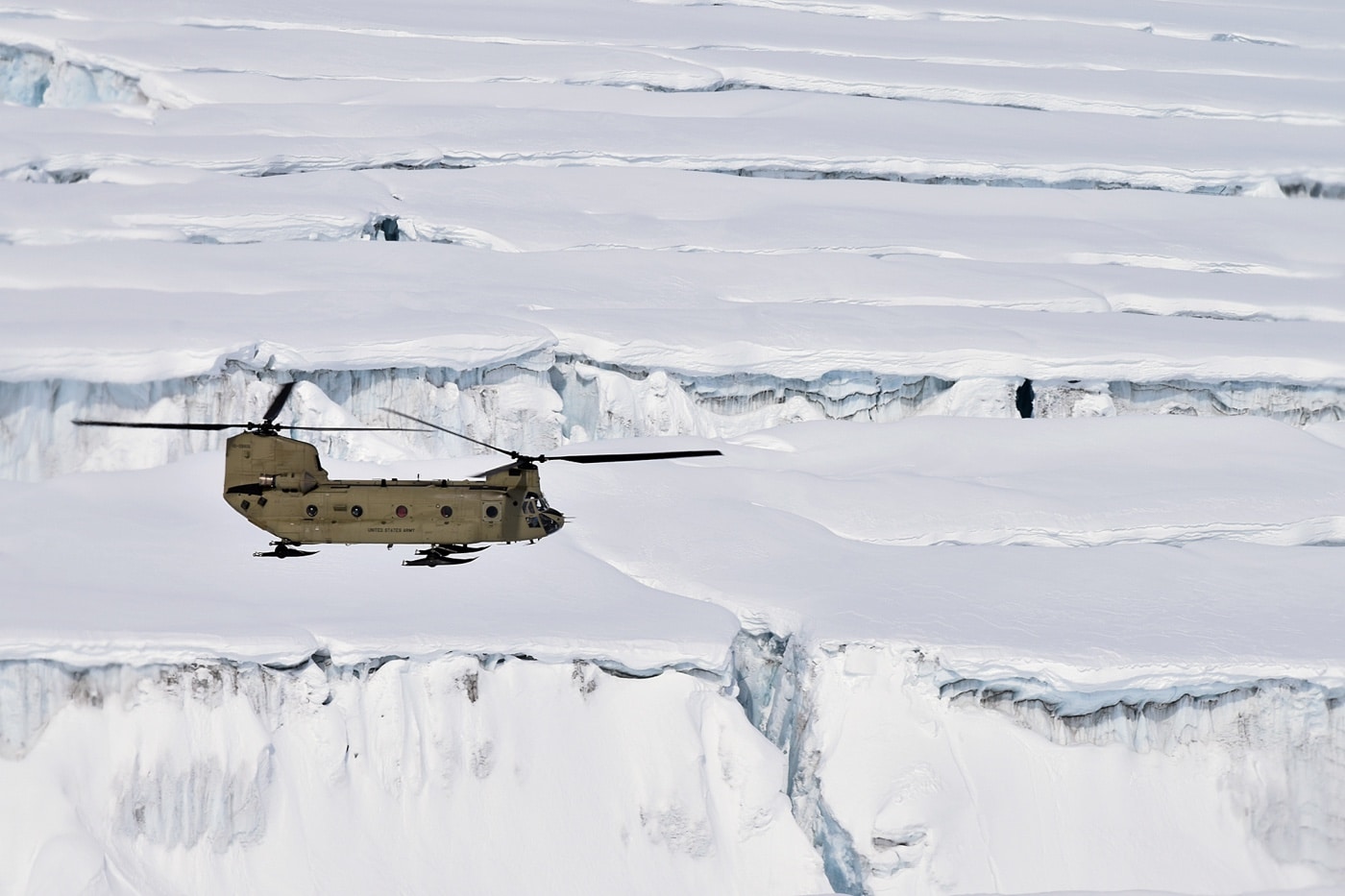
While I was getting reamed out, the phone rang. It was the U.S. Coast Guard congratulating us for the rescue. They wanted the names of the crew for the press release. My boss hung up the phone and sighed. He reluctantly congratulated me for saving a man’s life but then directed me never to do it again.
It has been 27 years since that weird afternoon on Mt. McKinley. I left the Army soon thereafter and went to medical school. Along the way I bought a laptop and tried my hand at writing. Until I was researching this article I had never known Juanjo Garra’s name. I sincerely hope he is well.
Editor’s Note: Please be sure to check out The Armory Life Forum, where you can comment about our daily articles, as well as just talk guns and gear. Click the “Go To Forum Thread” link below to jump in!
Join the Discussion
Continue Reading
Did you enjoy this article?

 281
281





